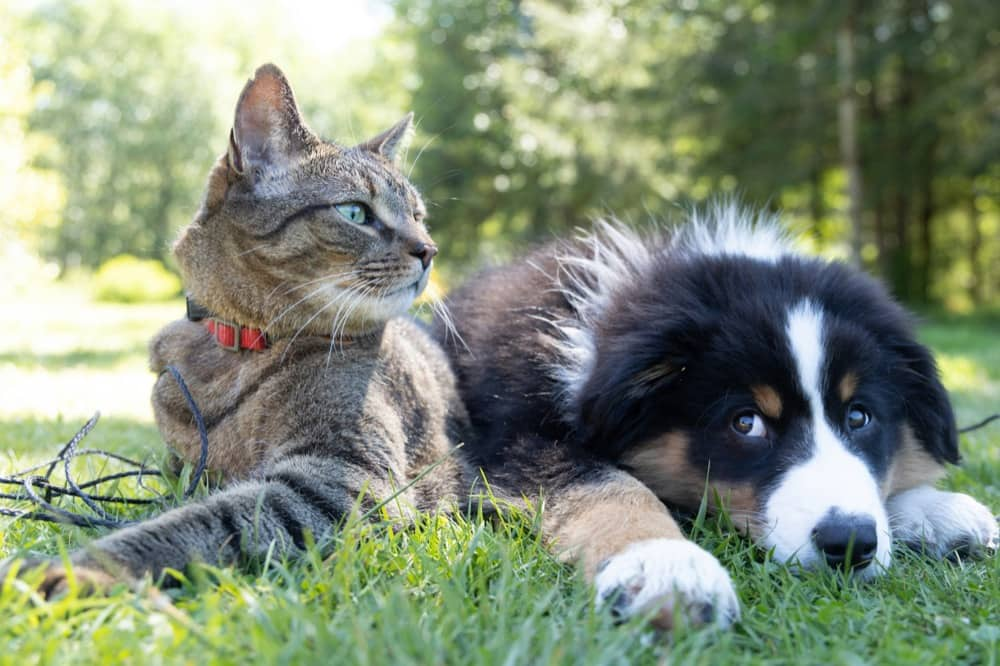Every pet parent hopes their furry friend will live a long, happy, and healthy life. Still, no matter how cautious and attentive you are, emergencies can happen when you least expect them. Knowing the most common types of pet emergencies, what warning signs to look for, and when to seek immediate veterinary care can make all the difference in your pet’s recovery.
In this guide, we’ll explore six of the most frequent emergencies that pet owners around the world encounter. By understanding these situations in advance, you’ll be better prepared to act quickly and effectively if your beloved companion is ever in distress.

Contents
6 Common Pet Emergencies Every Pet Owner Should Know
Vehicle Trauma
One of the most frightening emergencies a pet can face is trauma from a vehicle accident. Whether a dog escapes from the yard or a cat slips outside unnoticed, traffic poses a serious danger. Even if your pet doesn’t appear to be bleeding or limping, internal injuries are possible after any collision.
What to watch for:
– Difficulty breathing
– Pale gums
– Abdominal swelling
– Lethargy or collapse
If you suspect your pet has been struck by a vehicle, seek emergency veterinary care immediately. Early treatment is often critical to survival.
Heatstroke
Heatstroke is another extremely common emergency, particularly in warmer climates or during the peak of summer. Pets cannot regulate their body temperature as efficiently as humans. As a result, they can quickly overheat in parked cars, on hot asphalt, or even while playing outdoors on humid days.
Warning signs include:
– Excessive panting and drooling
– Rapid heartbeat
– Weakness or confusion
– Collapse or seizures
Never leave your pet in a car, even with the windows cracked. If your pet shows signs of heatstroke, move them to a cooler area, offer small amounts of water, and head to the vet immediately.
Snake and Insect Bites
From venomous snakes in rural areas to bees, wasps, and spiders in backyards, pets are at risk of dangerous bites and stings. Some pets may only experience mild swelling, but others can have life-threatening allergic reactions or envenomation.
Seek emergency help if you notice:
– Swelling of the face, mouth, or throat
– Sudden vomiting or diarrhea
– Difficulty breathing
– Weakness or collapse
Even seemingly minor bites can worsen quickly. Don’t wait to see if symptoms pass—timely treatment is essential.
Attacks from Other Animals
Encounters with aggressive dogs, territorial cats, or wild animals can lead to serious injuries. Puncture wounds may appear small on the surface but can hide deep tissue damage and infection. Additionally, bites from unknown or wild animals may expose your pet to dangerous diseases, including rabies.
Steps to take:
1. Separate the animals safely to prevent further harm.
2. Check for wounds, bleeding, or limping.
3. Even if injuries appear minor, bring your pet to a vet for evaluation.
Prompt medical care reduces the risk of infection and ensures your pet receives any necessary vaccines or antibiotics.
Ingestion of Toxic Substances
Pets are naturally curious, and unfortunately, that curiosity often leads them to taste or swallow harmful substances. Household cleaners, antifreeze, chocolate, grapes, onions, certain medications, and even some plants can all be toxic.
Symptoms of poisoning may include:
– Excessive drooling or foaming at the mouth
– Seizures or tremors
– Vomiting and diarrhea
– Difficulty walking or standing
If you suspect your pet has ingested something dangerous, don’t try to treat it at home unless directed by a professional. Call your veterinarian or a pet poison helpline immediately and follow their instructions.
Ingestion of Foreign Objects
Beyond toxic substances, many pets swallow items they simply shouldn’t—socks, toys, string, bones, and more. These foreign objects can cause choking, intestinal blockages, or internal injuries.
Signs of ingestion may include:
– Gagging or choking
– Drooling excessively
– Abdominal pain or swelling
– Constipation or inability to pass stool
In some cases, surgery may be required to remove the object safely. Acting quickly can prevent life-threatening complications.
Final Thoughts
Emergencies can strike at any time, and no pet owner wants to imagine their beloved companion in danger. Yet the reality is that knowing what to do in advance saves precious minutes when every second counts.
Stay alert to your pet’s behavior, watch for changes that signal distress, and don’t hesitate to seek veterinary care when something seems wrong. Trust your instincts—if you’re worried, it’s always better to have your pet checked by a professional.
By understanding these six common pet emergencies and preparing for the unexpected, you’ll give your pet the best chance at a safe, healthy, and happy life.







